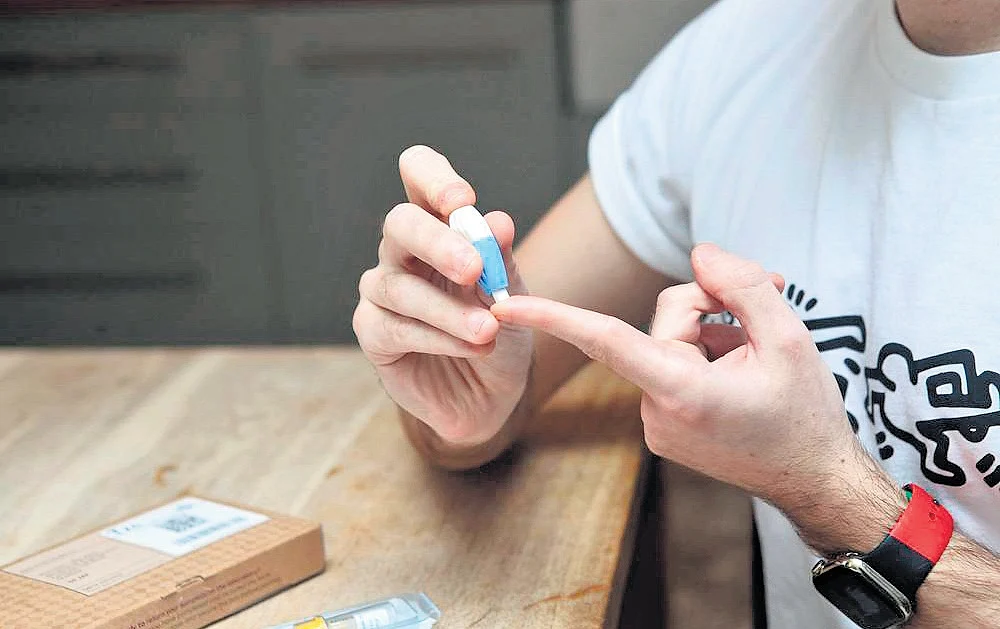Tanmay Jha, a 50-year-old marketing professional in Kolkata with a family history of diabetes, noticed symptoms like increased thirst, frequent urination, and unexplained weight loss earlier this year. Concerned, he bought a self-test kit to monitor his blood sugar levels at home. With routine finger-prick tests, he found consistently elevated levels.
“I consulted my doctor, who ordered further tests and confirmed a diagnosis of pre-diabetes,” he says. Thanks to early detection, Jha made lifestyle changes through diet modifications, exercise, and medication, preventing full-blown diabetes. Since the pandemic, self-testing has surged in popularity.

According to research firm Polaris Market Research Analysis, the global self-testing market was valued at $10.73 billion in 2023, and is expected to grow at a remarkable 6.90% compounded annual rate till 2032.
These self-tests cover a range of health concerns, from hormone checks to food sensitivities, without the need to visit a doctor. Dr Sonal Singhal, senior consultant at Motherhood Hospital, Gurugram, highlights the appeal of these tests for convenience, discreet monitoring and empowerment in managing health. “They enable individuals to take charge of their health by providing timely information, reducing barriers to screening and early detection,” she says.
Some of these DIY (do it yourself) tests have become so popular that they are now a routine part of everyday health. Home pregnancy tests, for instance, detect the .
















